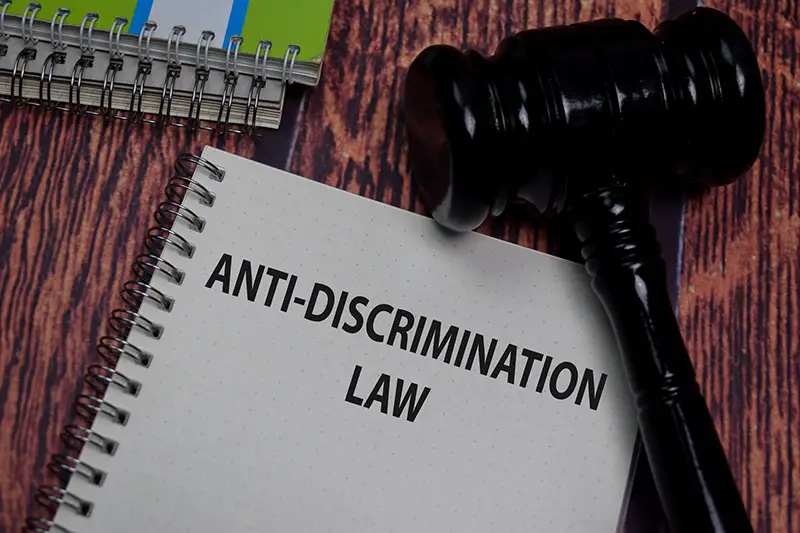Click here to get this post in PDF
For many years there have been anti-discrimination laws in place. These are laws that are in place to protect those who are mistreated in the workplace because of specific characteristics. So-called protected characteristics include ethnicity, race, age, gender identity, sexual orientation, disability, religious beliefs and national origin. Workplace discrimination can exist between co-workers, with those applying for jobs, and between employer and employee. This might be accidental or on purpose, but discrimination is illegal regardless of intention. If you believe you are a victim of workplace discrimination, you may want to consult specialist solicitors such as O’Donnell Solicitors. Here, we look at how to identify incidents of discrimination and what to do about them.
Identifying workplace discrimination
The first step towards dealing with discrimination in the workplace is to identify it. This can be difficult and is often something that an individual might sense before they can really pinpoint what is happening. Once you are at this point, it can take even longer to document and prove that the discrimination is occurring. All too often, hostile behaviour in the workplace is brushed under the carpet and labelled as a joke or harmless. Whilst this may be the case sometimes, repeated behaviour in a similar vein is no longer unintentional.
Some examples of such discrimination in the workplace include
- Lack of diversity – a workplace can lack diversity even when it doesn’t mean to intentionally. If a workplace lacks the diversity it needs through a lack of appropriate candidates, then the services of a DEI consultant may be a worthwhile investment.
- Retaliation – sometimes, if someone speaks out or “rocks” the boat, they may not last long in their role. Sometimes a workplace can intimidate these types of people. In other words, if you feel the need to speak out against something but are encouraged not to do so, it may be that something is not entirely as it should be in the company.
- Offensive language or comments – what may seem harmless to you will not necessarily come across that way to another. If a conversation would not show you in the best light if repeated, then there is a good chance it shouldn’t have been said in the first place.
- Inappropriate questions – personal questions unrelated to your job or odd questions at the interview. Whilst these may be asked with innocent intentions, they could be being asked to discriminate against you.
What should you do if you believe there is discrimination?
If you believe you are the victim of discrimination in the workplace, then you must follow the correct procedures to take this further.
In the first instance, you should ensure that you keep a record of any incidents. Keep a note of times, dates, and what has been said or done. You may also find it helpful to make a note of anyone else who might have been a witness to an incident.
Keeping a record of every incident will help to establish that the behaviour is unwanted and persistent and will help to develop a pattern of hostility within the workplace.
Once you have your record, you may want to seek legal advice. This will help you determine the correct procedure for filing a formal complaint and will also allow you to seek the appropriate advice regarding what steps you would like to take.
Taking those first steps towards addressing discrimination can be difficult. Still, it is essential to remember that there are laws in place to ensure that discrimination in the workplace doesn’t happen, and this behaviour needs to be addressed.
You may also like: When Can You Sue for Gender Discrimination?
Image source: Depositphotos.com

